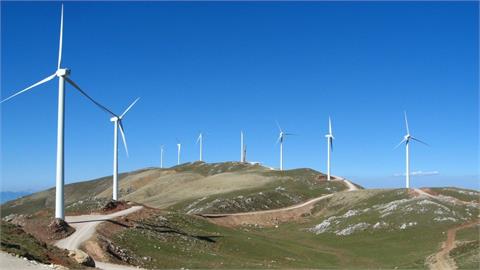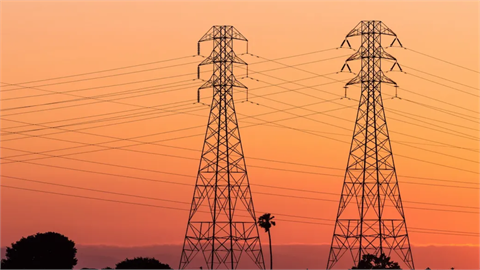On September 7, the Institute sent to its members its latest bimonthly newsletter “Market Fundamentals and Prices” (Issue No. 342), which covers the period of July-August 2021. This newsletter contains comprehensive information on global and regional prices and trends for crude oil and petroleum products, natural gas, electricity, coal and emissions.
On September 7, the Institute sent to its members its latest bimonthly newsletter “Market Fundamentals and Prices” (Issue No. 342), which covers the period of July-August 2021. This newsletter contains comprehensive information on global and regional prices and trends for crude oil and petroleum products, natural gas, electricity, coal and emissions. “Market Fundamentals and Prices” also includes useful data and analyses of SE European energy markets, especially during this period of significantly high prices on electricity and gas markets.
Wholesale electricity prices in SE Europe have soared over the last two months, mainly due to the rising carbon price, natural gas price hikes, and increased consumption caused by higher temperatures. As several power analysts pointed out, the wholesale electricity prices will continue to rise in the coming months as the year’s end approaches, because that is the usual trend every year. “The electricity prices are on an upward trend, which will continue over the coming months and years, and everyone must prepare for that”, said Mr. Dejan Stojčevski, chief operating officer of Serbian power exchange SEEPEX, adding that he expects “an average annual price of about €80 per MWh in the coming years”.
In terms of natural gas, the cost of the fuel is already at record seasonal highs in most major markets and looks likely to rise further, threatening to dent the recovery from the Covid-19 pandemic. The coming winter may give the world a painful lesson in just how pervasive and vital gas has become for the economy. Unaffordable prices could crimp households’ spending and erode their wages through inflation, giving central bankers some difficult policy choices. Worse still, actual supply shortages could idle swathes of industry, or even trigger blackouts in developing countries, potentially causing social unrest.
In Europe, the price of gas has since surpassed oil, but the problem is not contained within the region. While the Russian supply constraints do not directly affect consumers in Asia, they must still compete with Europe for seaborne shipments of LNG, forcing them to pay higher prices to secure deliveries.
The LNG market is what connects Europe, Asia and the US, and high prices there feed through to the domestic American market by stimulating greater exports of the super-chilled fuel. Natural gas futures in New York have risen 80% this year to highest since 2018, although they are still far lower than in the other major global markets.
The next issue of IENE’s "Market Fundamentals and Prices” is scheduled for publication at the end of October 2021.




